Nagasaki in Japan has a unique characteristic among Japanese cities. It has always been the most open location to foreign culture and influence. Even when Japan closed itself off to the rest of the world, Nagasaki continued to be its connection to the outside.
This meant that the city took on multicultural qualities that the rest of the country resisted. One of those was Christianity. There was a point where Christianity was well on its way to becoming a dominant religion in the city, and that caused the Japanese authorities to crack down… and they did so hard. Japanese Christians were forced into practising their faith in secret.
This resulted in something that surprised some scholars when discovered: artworks depicting baby Jesus and Mary, looking distinctly Asian. This was partly because, as “hidden Christians,” the Japanese needed to get creative about the symbols of their faith. But it also highlights just how malleable symbols can be.
Really, this shouldn’t have surprised anyone, though. Jesus was a Middle Eastern Jewish man. He almost certainly didn’t look white, and yet because Christianity became dominated by white Europeans, the most iconic image of him has become the white man we’ve all seen in paintings and the like often enough. It only stands to reason that a Japanese Christian community, shut off from the rest of the religion and forced to practice in hiding, would, over generations, adapt their own imagery of the man.
So, with that introduction out of the way, let’s talk about the absolutely spectacular tantrum from the more reactionary end of society over recent decisions to depict characters like The Little Mermaid’s Ariel and The Lord of the Rings’ Aragorn as black.
American culture – and it is assuredly a deeply American cultural decision behind these creative decisions – is by no means in hiding as the Japanese Christians were. However, we can see a common thread regarding the cultural drivers that led to the outcome of a character having their ethnicity changed in the material depicting that character. Characters are powerful symbols within a culture, and symbols are tuned towards the culture that works with them. Jesus was a symbolic character to the Japanese Christians – all faith in Japan sees deities as symbols rather than historical figures – and Aragorn and Ariel are also characters used as symbols by the American artists at Disney and Wizards of the Coast.
America has a culture that continues to struggle to come to a reckoning with the way it has historically treated black people. That’s not a controversial statement. That’s just a fact. Equally, it is a fact that the arts are an outlet through which a community can effectively grapple with its challenges and discourses. It should be no surprise to anyone that a culture that is coming to terms with the way it silenced and oppressed an entire ethnic minority (and still does throughout much of its society) would look for ways to elevate that community’s voices and build positive symbols for a way forward. I don’t think the approach the American arts community is taking is particularly nuanced or thoughtful, and I will get to that, but I think the intent is more than understandable within the American culture. Even a modicum of critical thinking can clearly explain how these re-imagings aim to counter historical whitewashing.
There’s nothing wrong with this. Again, it speaks to the core function of the arts to chronicle society’s conversations and represent evolving culture. The day the arts stop shifting with culture is the day art stagnates, and we won’t enjoy the outcome of that. Black Aragorn and Ariel are no more offensive or disrespectful in intent or design than Japanese Jesus… or indeed white Jesus. These are simply examples of cultures taking symbols and designing them to resonate with their own culture.
So on that level, the knee-jerk reactions from the usual suspects in the media and social media is silly. No one’s claiming ownership over these symbols. Other artists can continue to draw them as white-coded characters if they want. To complain about it as though it’s some kind of affront to the legacy of Hans Christen Anderson or J.R.R. Tolkien is nonsense. That is not what is going on here.
What does bother me is the cynicism that sits behind most of these decisions. Japanese Jesus was the result of a culture seeking to identify with their faith (and also avoid being prosecuted by the authorities). An awful lot of these “diversity” efforts in the pop culture sphere are done for entirely non-genuine reasons. Wizards of the Coast and Disney want to make a pile of cash, and the controversy from the reactionaries plus support from the liberal audiences does mean a pile of cash.
There is an opportunity in there to recast characters like Ariel and Aragorn as black heroes, and restructure their stories as representative of the African American experience. Such a shift in characterisation could have been a powerful statement. Of course, the more powerful the statement, the more people you’re going to alienate, so instead these artworks become laboured with a tokenistic, aesthetic change, but without meaning or intent. Even when you put aside the reactionary tantrum reviews, this new Little Mermaid isn’t exactly exciting critics, and the Magic the Gathering Aragorn artwork is a technically proficient but deeply uninspiring bit of art. It looks like a completely generic character from bigger-budget RPG projects.
It’s panned out this way because these companies are ultimately timid. Rather than making a statement, they’re looking to make a sale. The younger generations – especially the Zoomers – are more keenly aware of imbalances of representation in the media. The suits running businesses know this. A cut-and-paste swap is a far less risk-filled way of “addressing” their concerns than actually challenging the systemic racism and inequality issues that created the problem. This is papering over the cracks.
Elsewhere in the “higher” arts, there is some incredible work being done to challenge these establishment status quo assumptions, and do so in a meaningful manner. One of the most fascinating Shakespearean plays to stage in the modern era is Othello – a play that Shakespeare wrote with no minor pejorative against the “moor” titular character, and a play that has subsequently been traditionally performed by white people in blackface. Today, of course, you do not want to go down that path in presenting such a play, and so theatre directors and performers grapple with how they can transform this magnificent and important work to better represent modern social dynamics. The changes from one production to the next can be very different!
Meanwhile, the all-male Swan Lake that turned many heads in the ballet world in recent years doesn’t just replace female characters for males because of some assumption that the novelty will help sell tickets. The directors and performers used the performance as an opportunity to redefine the ballet according to the different physicality being brought to the roles.
Something that mainstream pop culture – Hollywood, video games, Magic the Gathering – needs to understand is that diversity shouldn’t just be a cynical plot to maximise profits. It should be transformative, challenging, and transgressive. It should not be a matter of simply picking a person from one ethnicity and dropping them into a role that was traditionally handled by another. Instead, it should be taken as an opportunity to examine and deconstruct, and give audiences a genuinely new perspective and understanding of the base work that will, hopefully, better contextualise for them the symbolism at play within the casting choice.
Sadly, I don’t see that happening. Disney, and other (predominantly) American companies, have latched on to an easy way to bolster their reputations for being a “progressive” voice in society while keeping box office ticket sales coming through.
And as a final note, since it didn’t fit into the article flow above but is important and related; while challenging the ethnic, gender and/or sexuality of characters is a powerful symbolic gesture, it should go without saying that we need to handle real historical figures differently. It’s one thing to arbitrarily (or, ideally as I have been outlining above, purposefully) challenge the identity of characters like Aragorn or Ariel, it’s quite another to do so with a real historical figure like, say, Cleopatra. The recent Netflix show, Queen Cleopatra, presents itself as a theatrical documentary, but we’re told summarily at the start that Cleopatra was a black woman and that’s the end of the discussion around something critical to her entire identity.
Cleopatra was almost certainly not black and instead was Mediterranean in appearance. Most scholars consider her a mix of (dominant) Greek and (minor) Persian heritage. Were you to want to challenge that – and I’m not for a second suggesting that you shouldn’t, since the accepted history should be challenged when new evidence is surfaced – then you would need to prosecute the case better than simply waving away the existing knowledge of the person. We should be particularly wary of America re-writing global history to suit its cultural perspective on race and ethnicity, and the goal of history should always be to present a substantiated claim to fact, and not treat these figures as symbols to be manipulated. Play with Aragorn and Ariel all you like, but a historical figure like Cleopatra should have a burden of proof to demonstrate first. We have enough problems with people fabricating history to suit their own ends as it is.
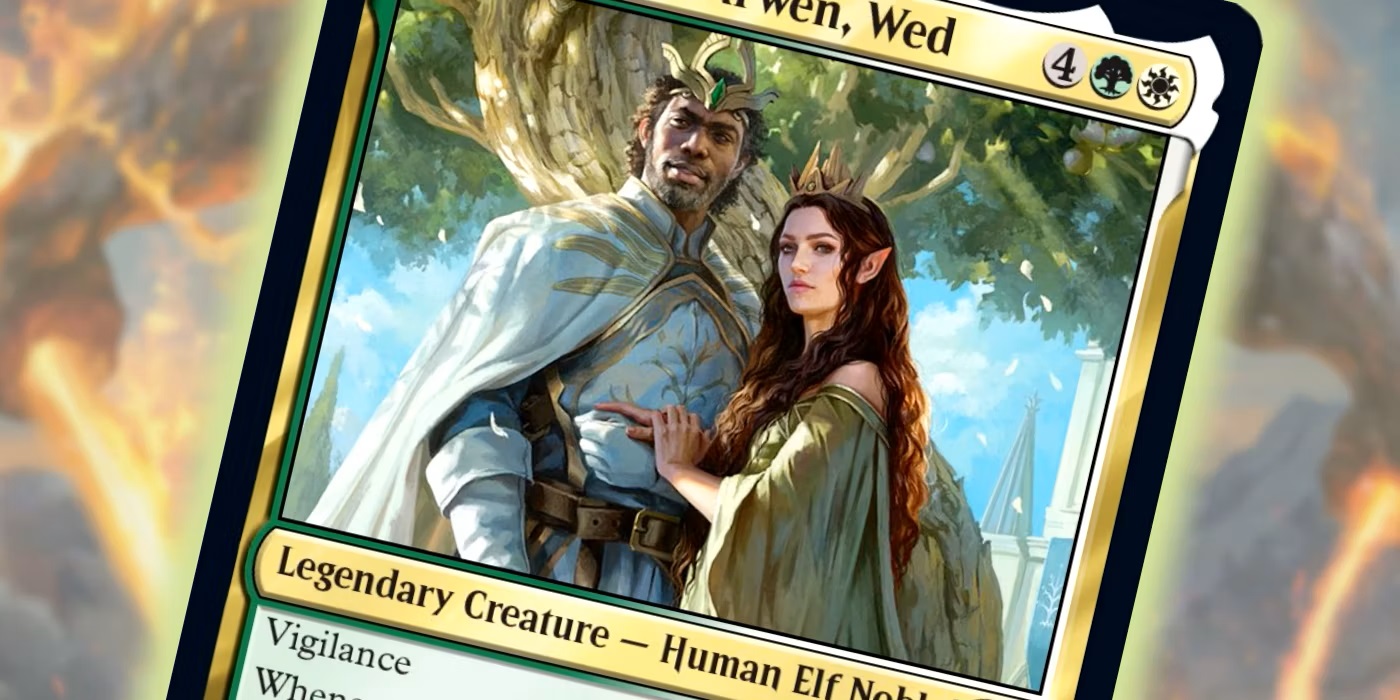

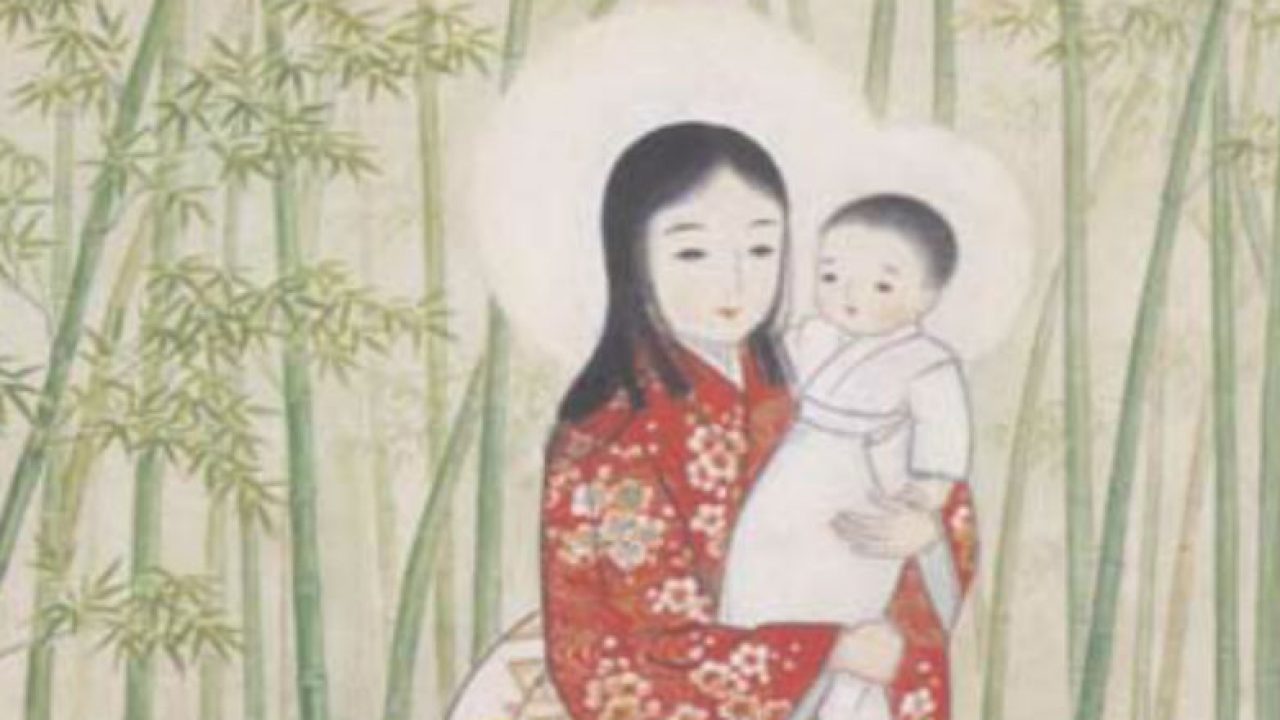
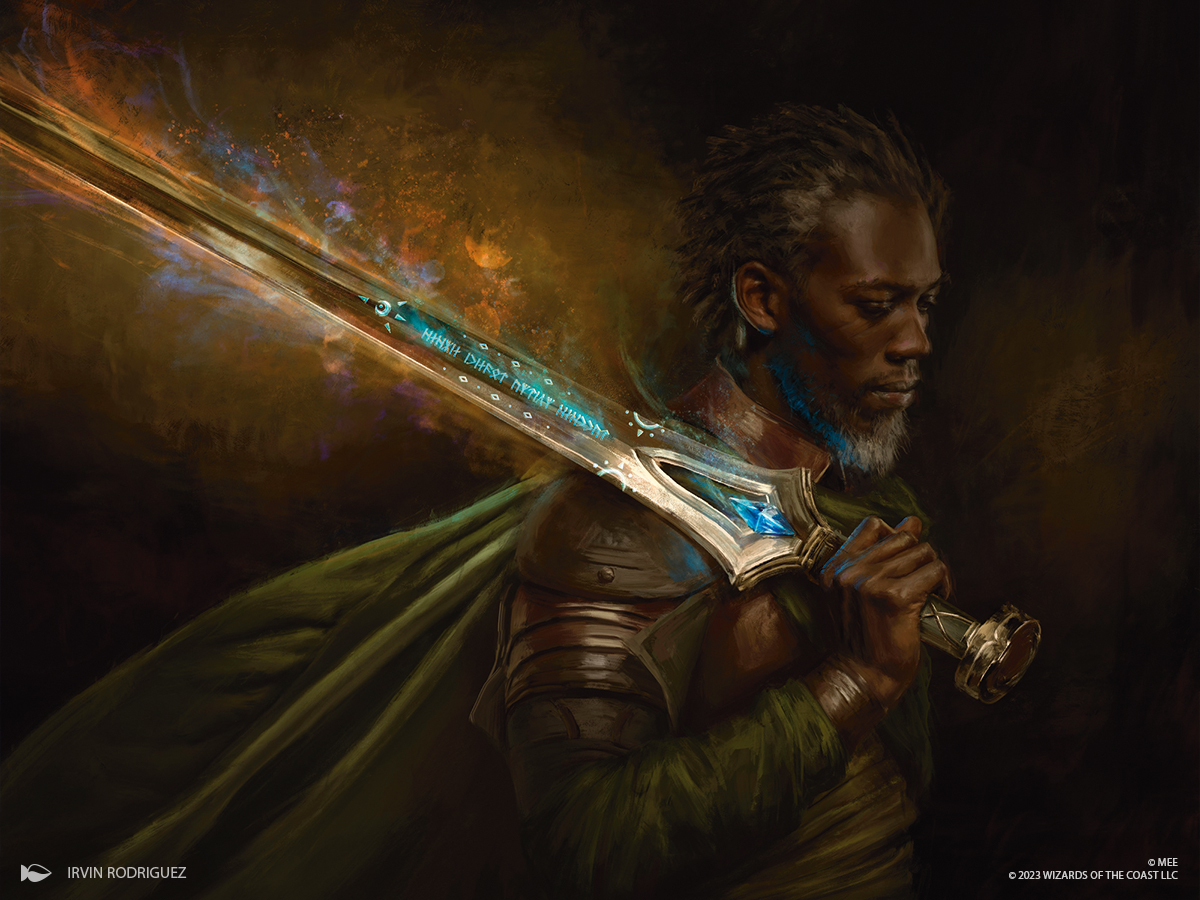
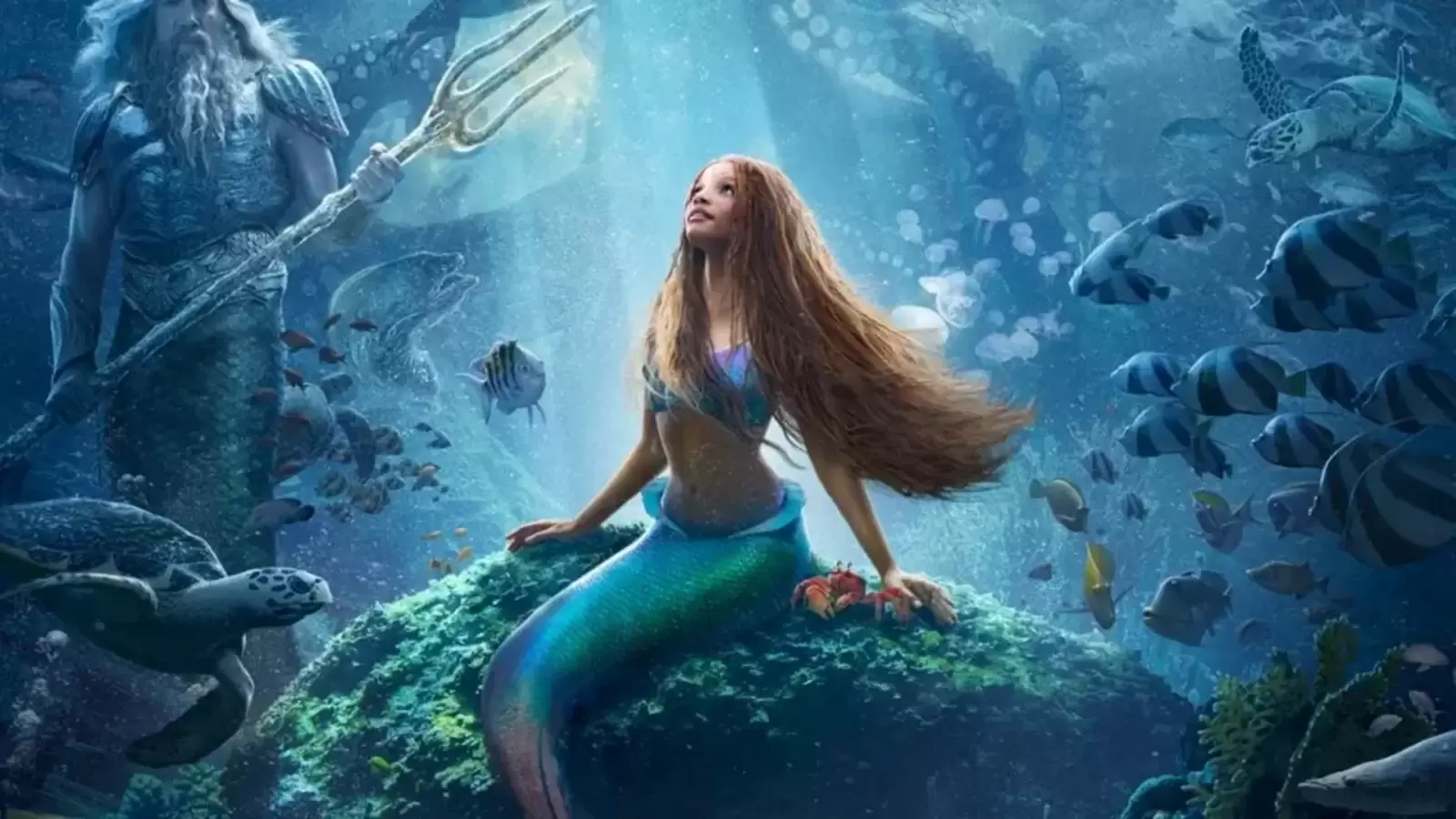

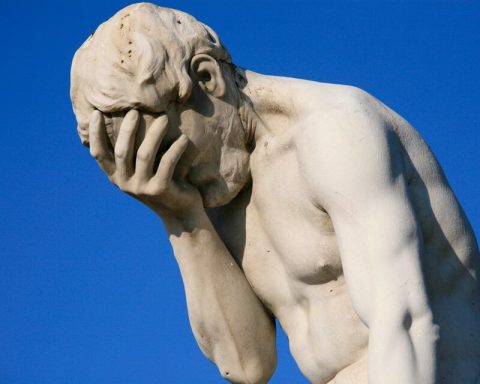
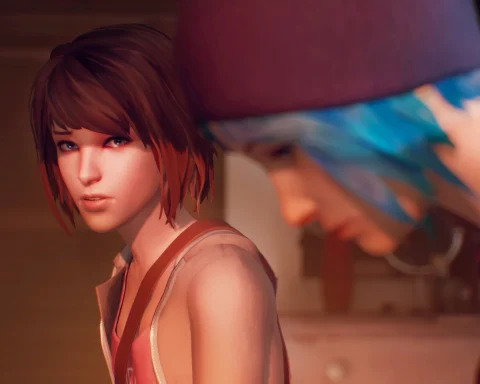








Very well put. Many modern productions feel shallow for various reasons, and this is definitely one of them.
I once stumbled over a script-writing competition only for people with a “diverse background”, meaning I couldn’t enter because I was Caucasian. Now, at first, I didn’t think much of it, but nowadays I strongly feel that this isn’t the right way to get more “diversity” into Hollywood (or anywhere else for that matter).
I think any culture, gender or ethnicity can make beautiful art about the other, and we should strive (and promote) ideas from anywhere to grow more wild and, well, more diverse in the truest sense of the word.
Yes, there’s a whole other essay in the idea that people can’t/shouldn’t write stories about things that are outside of their lived experience. Men that write women characters, or cis people writing LGBT characters tend to get heat too. There are plenty that do it poorly, of course, and those works deserve criticism. But that more reflective of an issue with bad writing in those particular instances, and not the ability for a writer/artist to extend beyond writing about their own perspective in a work.
The culture wars in America are very fraught at the moment & will be difficult for future generations to unravel. Different points-of-view are weaponized by political parties, by parts of the established media, and by unknown forces in the world of social media. Both sides (or all sides?) of these discourses are partially at fault. Many of the American entertainment world’s attempts at inclusionary treatment of all peoples end up ham-fisted or tokenized, like some of those you mention above. Hard to see good short-term solutions for this. We Americans have to hope that our grandchildren inherit a more understanding and enlightened nation than we have today. But that evolution will take sustained effort and thoughtful growth, … both of which are often hard to see anywhere around us today.
The solution is to reject the “woke” mentality and embrace the liberal ideas once more. How did US go from electing a black president to the brink of what looks like a race war in less than a decade? The illiberal activists who raised a generation believing that MLK was promoting fascism.
That’s the accurate definition of “woke” if you need to ask.
Oh there’s a bunch of stuff that America should be doing. Fixing the education system so that it’s about promoting critical thought rather than vocational expertise and indoctrination into American nationalism. Easing people’s workloads so that they have more time to explore the arts and read books, rather than just sitting down in front of a Disney film at 11pm on a Sunday evening to “unwind” because they’re too exhausted from their two jobs to do anything else.
There are entire books to be written on fixing America. I feel that the “woke” culture you reference there is a symptom rather than a cause though. The cause is that the socio-economic and cultural environment is such that people are guided towards shallow and absolutist thinking from the earliest age. Improve the conditions under which Americans live, and the level of thought that comes from the country will be improved in kind.
Ironically “indoctrination into American nationalism” was supposed to ease racial and cultural tensions. The whole pledge to flag thing, while really weird, was supposed to unite people of different races, ethnicities, cultures and faiths under a single banner – American.
Widening the tribe so to speak.
Heh, contradictions like that describe America to its core. Even the name of the country itself: the *United* *States* of America is oddly weird since the states all operate like smaller fiefdoms and they’re vastly less united than, say, the states of Australia.
It’s a very strange nation.
I can assure you 95% of the “usual suspects” are complaining about the exact same thing you do. It’s just in corporate interest to dismiss them as vile racist people. They’re more mocking than angry, because people in general have already learned that the race swap is the Mark of the Hack. Even (usually favorable) critics and bot-users couldn’t lift the RT rating for Peter Pan. And remember what it was first advertised with? Black Tinkerbell. For the same reason: to activate politically minded idiots for free advertising. But thankfully it seems to be losing effectiveness, little by little. And people are starting to notice culture from places other than the US.
It’s why the “progressives” attack manga and anime so furiously btw. Because Japan doesn’t care about the struggle of black Americans and they refuse to bow down to Gramscian cultural notions. So if they can’t be subverted they must be destroyed.
It’s difficult to wade out there because there *are* people that just don’t want to see black characters. Like, if black Aragorn/Ariel/Tinkerbell were done well, they would still be fuming/trolling/whatever. Those people tend to undermine the discussion as they give people an excuse to just dismiss criticism wholesale. I’m sure at some point someone’s going to leave some comment on this essay to that effect, despite it being clear that my issue’s with the execution rather than the concept. Such is life.
You’re right that Japanese art is indeed criticised for a lack of “diversity” despite 1) actually having plenty of diversity (see Final Fantasy XVI, which, yes, doesn’t have a black character but clearly has a range of other ethnically diverse characters) and 2) having a distinctly different culture that doesn’t grapple with the subject in the same way that America does. It is a serious issue and concern when looking at criticism. I’m not happy about it either.
Nuanced discussion? On the internet!? We’ll see two suns in the sky that day. XD
Nah, but seriously, very thoughtful and well-written as always. It’s sad to see these huge corporations trying to hoodwink good-hearted people into buying in to their formulaic trash. Having more roles for minorities of various kinds is all to the good, having those roles be from xerox-machines instead of humans, not so much.
Far too often everything comes down to: “How much better would life be if corporations were not everything that the arts warns us they are?”
Le sigh.
The cynicism and tokenism are even more egregious considering Disney created a big budget, mass market, product that was neither: the black panther movies. They even did it twice!
My ultimate gripe for all this nonsense is that the race swap is merely cheap pandering to attempt to gain a wider audience, yet ultimately fails. When it fails, it is, of course, not the maker’s fault that they tried a cheap, poorly created, ploy that bombed with consumers; it is the fault of the consumers that refused to take the unappealing bait.
Ultimately what it comes down to for me, is that slapping a coat of paint on something and calling it “new,” when it adds nothing to the original work, is complete rubbish.
Taking The Little Mermaid as an example, but only sidelong… Disney wanted to create a movie featuring a strong, independent, headstrong, black female as the lead. Why did they have to simply paint over an existing, beloved character? They didn’t. Purely and simply, they didn’t need to, they Chose to. I won’t be seeing this movie.
If Disney wanted to truly create something that would actually matter, and that featured a strong, etc., black female lead, what would be wrong with exploring traditional African mythology? Among the hundreds, if not thousands, of African tribes, there are, cumulatively, hundreds of thousands of years of mythology to explore. As an individual who is fascinated by mythology of all types, nationalities, religions, and so forth, I would absolutely love for Disney to make a movie, or even a series of movies, with strong, etc., protagonists of all skin colors, religions, nationalities, orientations, as long as they were handled correctly, sensitively, and most importantly, Meaningfully. Simply overwriting a character and calling everyone who objects a racist is meaningless and stupid, and should be frowned upon by all.